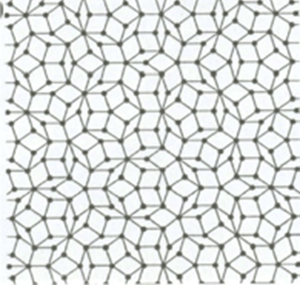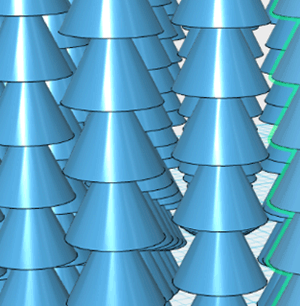
HOME / Departments / Physics / Quantum Nanophysics
Quantum Nanophysics A
-
- WATANABE Yukio, Professor
- Nanoscale understanding of electronic state and conduction in insulators and their impact on ferroelectrics. For this, we use UHV including UHV-SPM with standard meas/urements, FEM analysis and DFT (Fig.1), and propose theories.
Achievements { } citation (google scholar 2016.2)
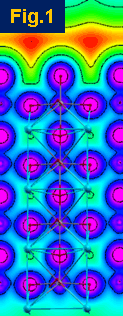
- First proposal and demonstration of stable ferroelectric field effect (First epitaxial heterostructure forferroelectric field effect) US Patent & [1] {171} [earlier & higher properties than Ahn et al.(Science)]
- First demonstration of current-induced resistance switching (R-RAM) in perovskites and in ferroelectrics (Fig.2 {585}) [ [2] : Blom et al (PRL) is 1 month earlier but not a R-RAM mechanism ]
- Theoretical prediction of surface conduction layer in ferroelectric and its impact on instability [3] {128}
- First discovery of surface conduction in perovskite (3 years before LaAlO3/SrTiO3) and identification of ferroelectric self-field effect (Fig.3 {90})
- Impact of surface conduction layer on ferroelectric domain [4]
Internationally Industrialized:
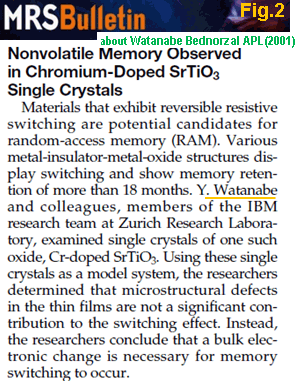
Magnetooptical disk[5,etc]
Principle of coal-based carbon fiber
[1] Watanabe, U.S. Patent 5418389(1995) APL 66, 1770(1995)
[2] Watanabe et al, Physica C235-240,739 (1994)
[3] Watanabe, PRB 57, 789 (1998)
[4] Watanabe et al, MRS Proc. Vol 1674, (2014) [5] U.S. Patent 4743502
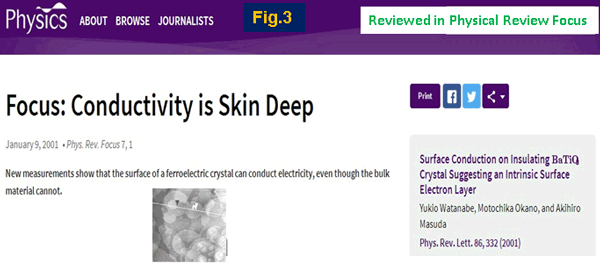
Quantum Nanophysics
-
- ARAI Takeshi, Assistant Professor
- Our group studies thermal conductivity by thermal phonons at very low temperature in non-periodical systems experimentally. At very low temperature, mean free path and wave length of thermal phonons become longer comparative with characteristic lengths of artificial structures. Experimental studies of thermal phonon behaviors in non-traditional systems are possible. For example, the localization of phonons is expected in quasi-periodic structure such as Penrose tiling [Fig.1] and it makes thermal insulation in cryogenics at very low temperature. Other target is non-reciprocal systems, Ratchet effect is expected [Fig.2]. It is useful for normal-insulator-superconductor tunnel junction refrigerator.
